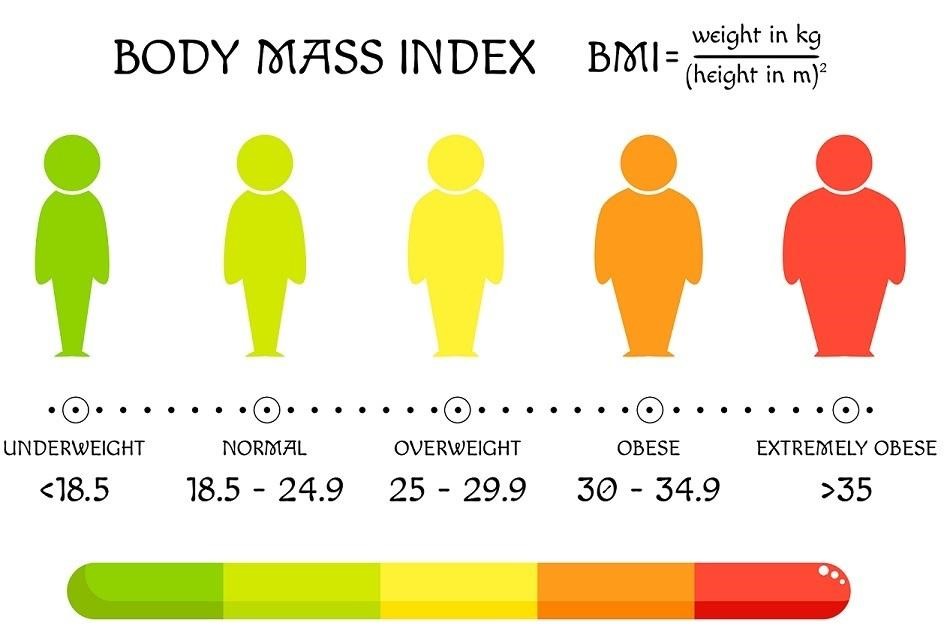India Updates Obesity Guidelines, Replaces “Overweight” Term
Why in the news?
India’s obesity guidelines have been updated after 15 years, replacing “overweight” with two obesity grades. This change emphasizes the significance of abdominal fat distribution, especially in Asian Indians, to better diagnose and treat obesity-related health risks.
Obesity Guidelines in India Updated After 15 Years
Revision of Obesity Terminology:
- India-specific obesity guidelines, updated after nearly 15 years, no longer use the term “overweight.”
- The term “obesity” has replaced it, with two distinct categories: Grade 1 Obesity (Innocuous Obesity) and Grade 2 Obesity (Obesity with Consequences).
Focus on Abdominal Fat and its Impact:
- The revised guidelines align with the Lancet report and emphasize the significance of abdominal fat distribution, particularly in Asian Indian populations.
- The research highlights that excess fat in Indian populations leads to higher inflammation and metabolic disturbances at lower BMI thresholds compared to Western populations.
- Previous guidelines, based solely on BMI, were deemed insufficient as they did not account for the specific risks of abdominal fat and its associated health issues in Indian people.
Classification of Obesity:
- Grade 1 Obesity (Innocuous Obesity): Increased body fat without significant metabolic or organ dysfunction.
- Grade 2 Obesity (Obesity with Consequences): Obesity that impacts physical functions and leads to obesity-related diseases.
- Experts stress the importance of addressing abdominal fat in treatment options and focusing on clinical symptoms indicating organ dysfunction when evaluating obesity’s impact.
Sources Referred:
PIB, The Hindu, Indian Express, Hindustan Times




